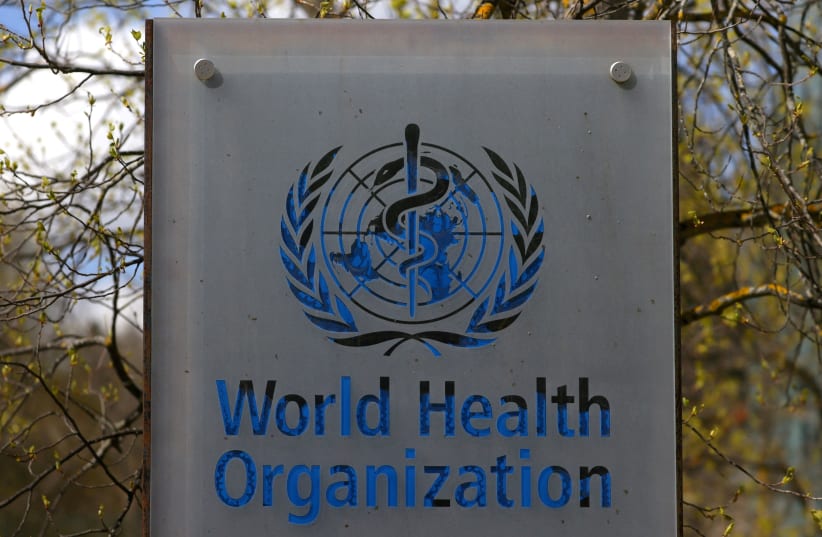Around a quarter of adolescent girls who have been in relationships have endured physical or sexual violence, a World Health Organization study said on Tuesday, calling for more prevention actions.
The WHO analysis published in the Lancet medical journal was based on surveys from thousands of adolescent girls aged between 15 and 19 from 154 countries and areas. It showed that 24% of them had been subjected to intimate partner violence at least once, with 16% reporting it in the past year.
Lead author Dr. Lynnmarie Sardinha said the analysis was motivated in part by a concern that younger women were "falling through the cracks" and not receiving support.
"I was extremely surprised to see what a huge percentage of adolescent girls basically are already being subjected to violence, even before their 20th birthday," she told Reuters. "We are behind where we should be."
The data was based on surveys conducted between 2000 and 2018. Sardinha said data gathered since was still being verified and appeared to show there had been only a "very slight decline."


Acts of violence counted in the survey included kicking or hitting as well as any unwanted sexual act, such as rape or attempted rape.
The data, broken down by country and region, showed a high correlation between violence and women's rights, with states where girls and women had limited access to education and unequal inheritance laws showing higher violence levels.
Key details
Rates were highest in Oceania followed by Africa, with 49% of girls reporting intimate partner violence in Papua New Guinea and 42% in Democratic Republic of Congo, the analysis showed. The lowest rate was Europe where 10% reported incidents.
Dr. Pascale Allotey, director of WHO's Sexual and Reproductive Health and Research department, said: "Given that violence during these critical formative years can cause profound and lasting harms, it needs to be taken more seriously as a public health issue – with a focus on prevention and targeted support."
